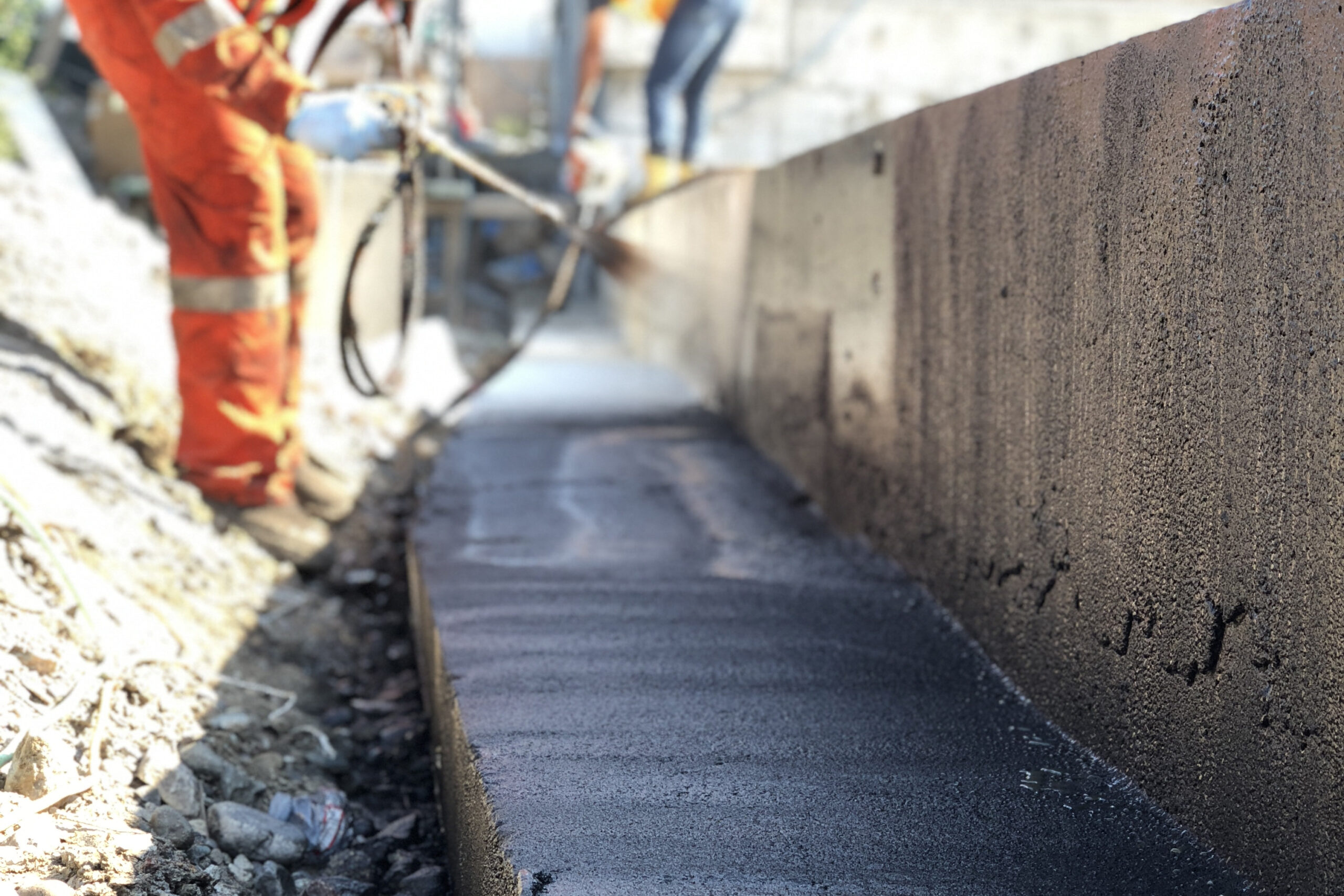Sealing the Deal: The Secret to Home and Commercial Waterproofing
Waterproofing is an essential aspect of protecting our properties from the elements, whether we are dealing with our homes or commercial buildings. It serves as a safeguard against water damage, ensuring that our structures remain secure and durable. With the right techniques and materials, we can seal the deal on waterproofing and provide long-lasting protection for our investments.
When it comes to waterproofing, one must understand the importance of preventative measures. By implementing waterproofing systems during the initial construction phase, we can avoid potential issues down the line. This proactive approach helps to prevent water infiltration, keeping the interior spaces safe from moisture and humidity. Not only does it preserve the structural integrity, but it also helps to maintain a healthy environment for occupants. Whether it's a residential property or a commercial establishment, investing in effective waterproofing can save us from costly repairs and renovations in the future.
In addition to new construction, existing properties can also benefit from waterproofing solutions. Aging structures are more susceptible to water damage, and it becomes even more crucial to address these vulnerabilities. From basement leaks to roof leaks, identifying and remedying these weak points are imperative. Adding a waterproofing layer to basement walls and floors, or applying weather-resistant coatings to roofs, can significantly reduce the risk of water damage. By doing so, we eliminate potential headaches and preserve our property's value for years to come.
In the following paragraphs, we will explore the various methods and materials used in home and commercial waterproofing. Highlighting the importance of understanding the unique requirements for each type of structure, we will delve into the benefits and drawbacks associated with different waterproofing techniques. By the end of this article, you will have a comprehensive understanding of how to seal the deal on effective home and commercial waterproofing.
Types of Waterproofing Methods

One common method of waterproofing is through the use of waterproof coatings. These coatings are applied to the surface of walls, floors, or roofs to create a protective barrier against water damage. The coatings are typically made from a variety of materials, such as acrylic, polyurethane, or rubber, and can be easily applied using a brush, roller, or spray.
Another method of waterproofing is through the use of waterproof membranes. These membranes are typically made from materials such as bitumen or PVC and are installed beneath the surface of walls or floors to prevent water from seeping through. The membranes are usually applied in sheets or rolls and are sealed together to create a watertight barrier.
In addition, there is the option of using cementitious waterproofing. This method involves the application of a cement-based mixture to the surface, which forms a protective layer that is resistant to water. Cementitious waterproofing is commonly used for basements, foundations, or other areas where a strong and durable waterproofing solution is needed.
Benefits of Waterproofing
Protection From Water Damage: Water damage can wreak havoc on both residential and commercial properties. From leaky roofs to flooding basements, the consequences of water infiltration can be costly and time-consuming to repair. By investing in effective waterproofing measures, you can safeguard your property against water damage and the associated costs of restoration and repairs.
Increased Property Value: When it comes to real estate, value is everything. A well-maintained property that is protected against water damage is likely to attract more potential buyers and command a higher price. Waterproofing not only provides peace of mind to prospective buyers but also adds to the overall value of the property. It shows that you have taken proactive steps to ensure its longevity and durability.
Health and Safety: Water leakage can contribute to the growth of mold and mildew, which can have harmful effects on your health. By waterproofing your home or commercial space, you can minimize the risk of mold growth and improve the indoor air quality. Maintaining a dry and safe environment is essential for the well-being of everyone who resides or works in the building.
Remember to regularly maintain and inspect your waterproofing systems to ensure their continued effectiveness. With the multitude of benefits that waterproofing provides, it is a worthwhile investment for both residential and commercial properties.
Choosing the Right Waterproofing Solution
When it comes to waterproofing your home or commercial property, selecting the appropriate solution is crucial. With a variety of options available, it's vital to consider the specific requirements and conditions of the area that needs waterproofing.
Assessing the Scope: Before diving into any waterproofing project, it's essential to have a clear understanding of the extent of the problem. Take the time to thoroughly evaluate the area that needs to be waterproofed, identifying any vulnerabilities such as cracks, leaks, or areas prone to moisture buildup. This assessment will help determine the type of waterproofing solution required and prevent any future issues.
Understanding the Options: Different situations call for different waterproofing solutions. From liquid membranes to cementitious coatings, each option offers unique benefits and considerations. Research and familiarize yourself with the available options to ensure you make an informed decision. Additionally, consulting with professionals in the industry can provide valuable insights into which solution would be most effective for your specific needs.
Considering Performance and Longevity: The longevity and performance of a waterproofing solution are of utmost importance. Carefully evaluate the expected lifespan of the chosen solution and consider its durability against factors such as weather conditions, exposure to sunlight, or potential damage from heavy foot traffic. Balancing cost-effectiveness with long-term effectiveness is key when selecting the right solution.
By following these guidelines and taking the time to choose the appropriate waterproofing solution, you can effectively seal the deal against water damage and ensure the long-term protection of your home or commercial property.